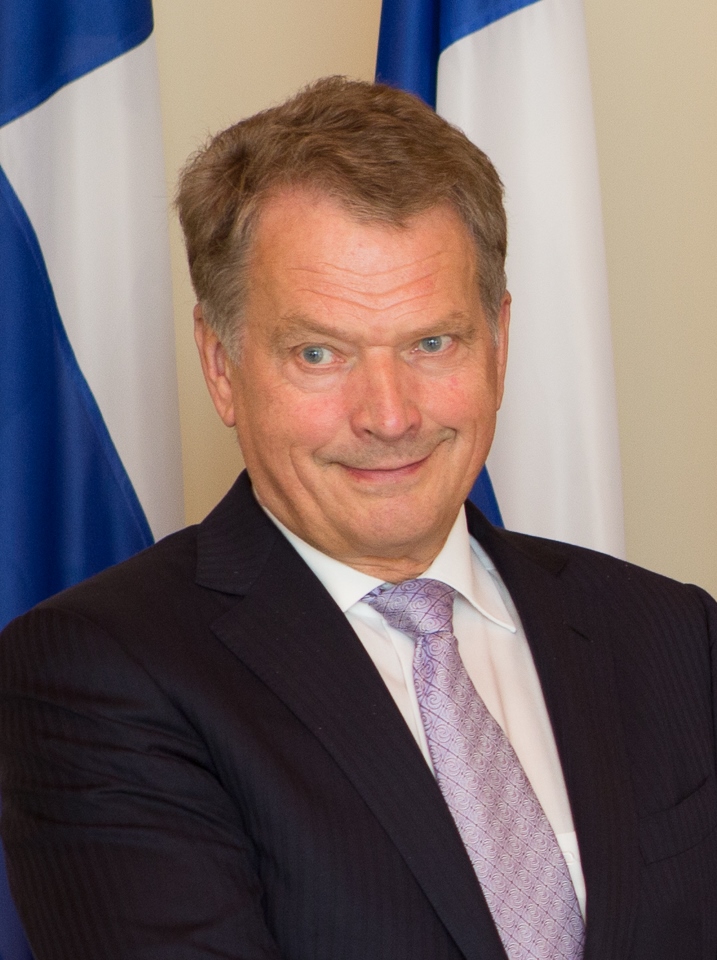
HELSINKI — Finland’s president crushed his competition to win a second six-year term Sunday, scoring a landslide victory in an election that saw the incumbent getting more than five times the support of his closest challenger.
With all ballots counted, President Sauli Niinisto had 62.7 per cent of the vote, while his leading rival, Pekka Haavisto of the Greens, had 12.4 per cent.
Haavisto, the runner-up in the 2012 presidential election, conceded the race long before the vote count was completed, telling Finnish national broadcaster Niinisto “is the republic’s new president with this result.”
None of the other six candidates received more than 7 per cent of the vote.
Niinisto, 69, needed a majority of Sunday’s vote to prevent a runoff and win outright. He is the first candidate to do since the popular vote was adopted to pick Finland’s president in 1994.
The former finance minister and parliament speaker has been a highly popular president since he took office in 2012. He ran as an independent, with no association with the conservative National Coalition Party he once chaired.
Niinisto acknowledged Sunday night that voters had given him a strong mandate to keep governing.
“This result is a surprise to me,” Niinisto told reporters, appearing a bit baffled and uncharacteristically emotional. “It’s much better than I ever expected. I take it that people have been reasonably happy with my (political) line.”
Finland’s president designs the blueprint for the country’s foreign and security policy together with the government. As head of state, the president is the key foreign policy player, particularly on issues outside the European Union.
The president also acts as the supreme commander of military forces and can veto legislation.
To most Finns, the president’s key task is to assure friendly ties with both neighbouring Russia, which shares a 1,340 kilometre (833-mile) border with Finland, and the West, particularly the United States.
Judging from the election’s outcome, voters think Niinisto has done a good job with this fine balancing act. Finland joined the European Union in 1995, but doesn’t belong to NATO.
Niinisto said he does not envision major changes to Finland’s policies toward Russia during his second term. He stressed that the countries, though friendly, do have differing views on Russia’s annexation of Crimea, among other issues.
He is the 12th head of state since Finland achieved independence from Russia in 1917.